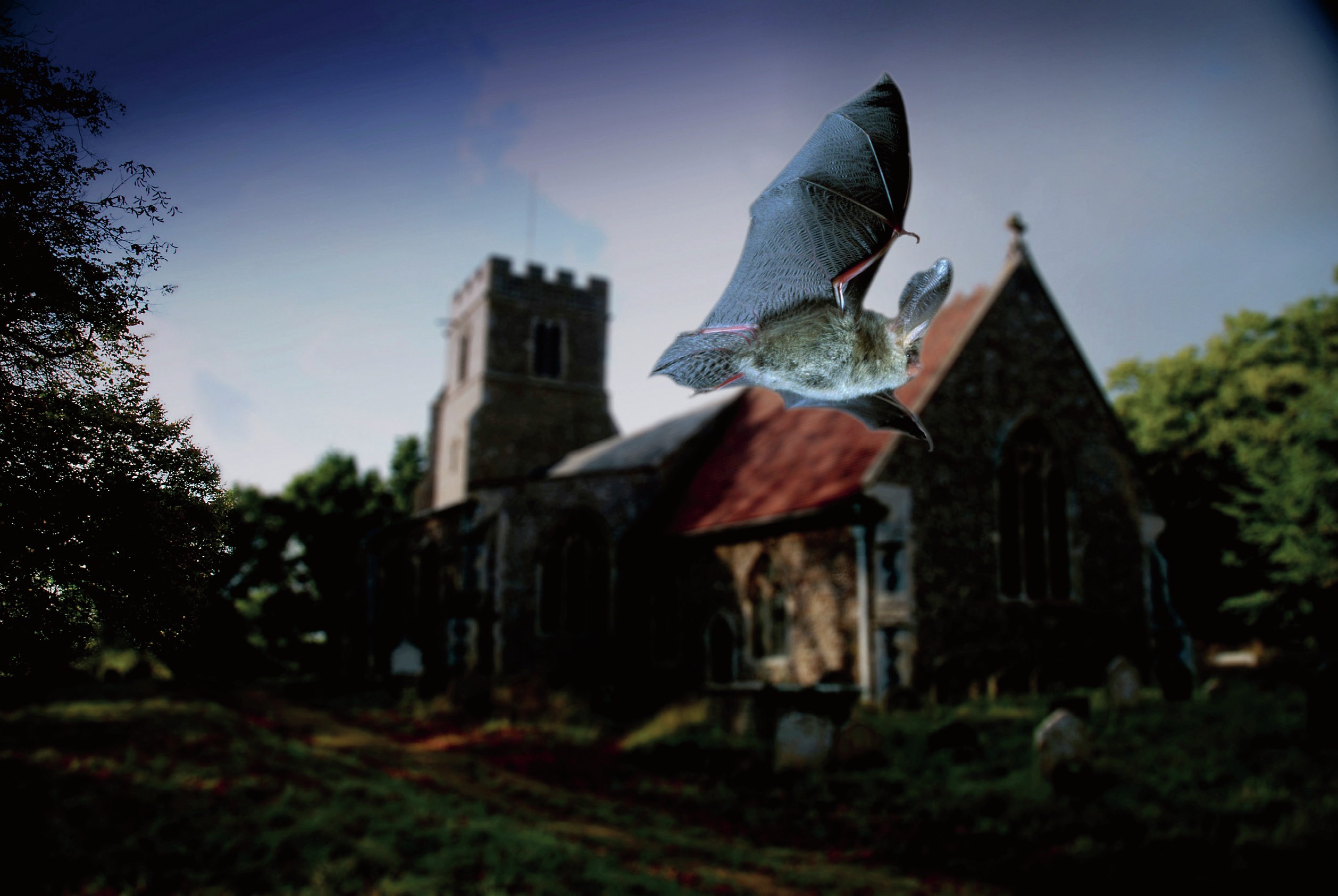
A round the world, many places of worship are used by bats, from temples to mosques, churches and sacred caves. In England, if you want to look for bats, a local church is a great place to start. At dusk, you may find them leaving the safety of their church roost, travelling along hedge lines or acrobatically swooping around mature trees, catching their insect prey.
Bat proximity to humans can be a challenge, and the spiritual significance that many people put on places of worship can make the human–bat relationship particularly sensitive. In some cases, people have very positive perceptions about the bats they are living alongside. Villagers in Tamil Nadu in India, for example, offer prayers to the fruit bats roosting opposite the temple. However, positivity towards bats is not felt everywhere and for some people, bats using a place of worship is considered a problematic situation.
Your organisation does not have access to this article.
Sign up today to give your students the edge they need to achieve their best grades with subject expertise
Subscribe




